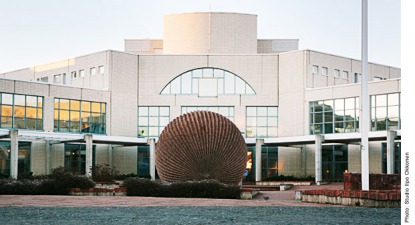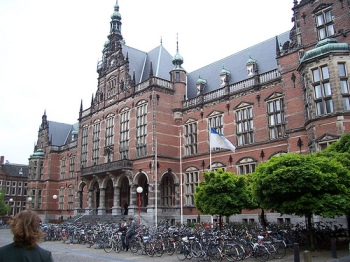In our daily life, we are certainly familiar with these following things:
If we look at the objects carefully, we will find that those things have the same shape. Yes, the objects are equally formed one of solid figures with curved surfaces, one of learning materials which have been learned in Elementary School. As we have been learned, solid figures with curved surfaces consists of three types namely cylinder, cone and sphere. What about the things above, are they cylinders, cones or spheres? Look at the objects around us and find the other objects which have the same shape with the objects above! Read the rest of this entry »










































